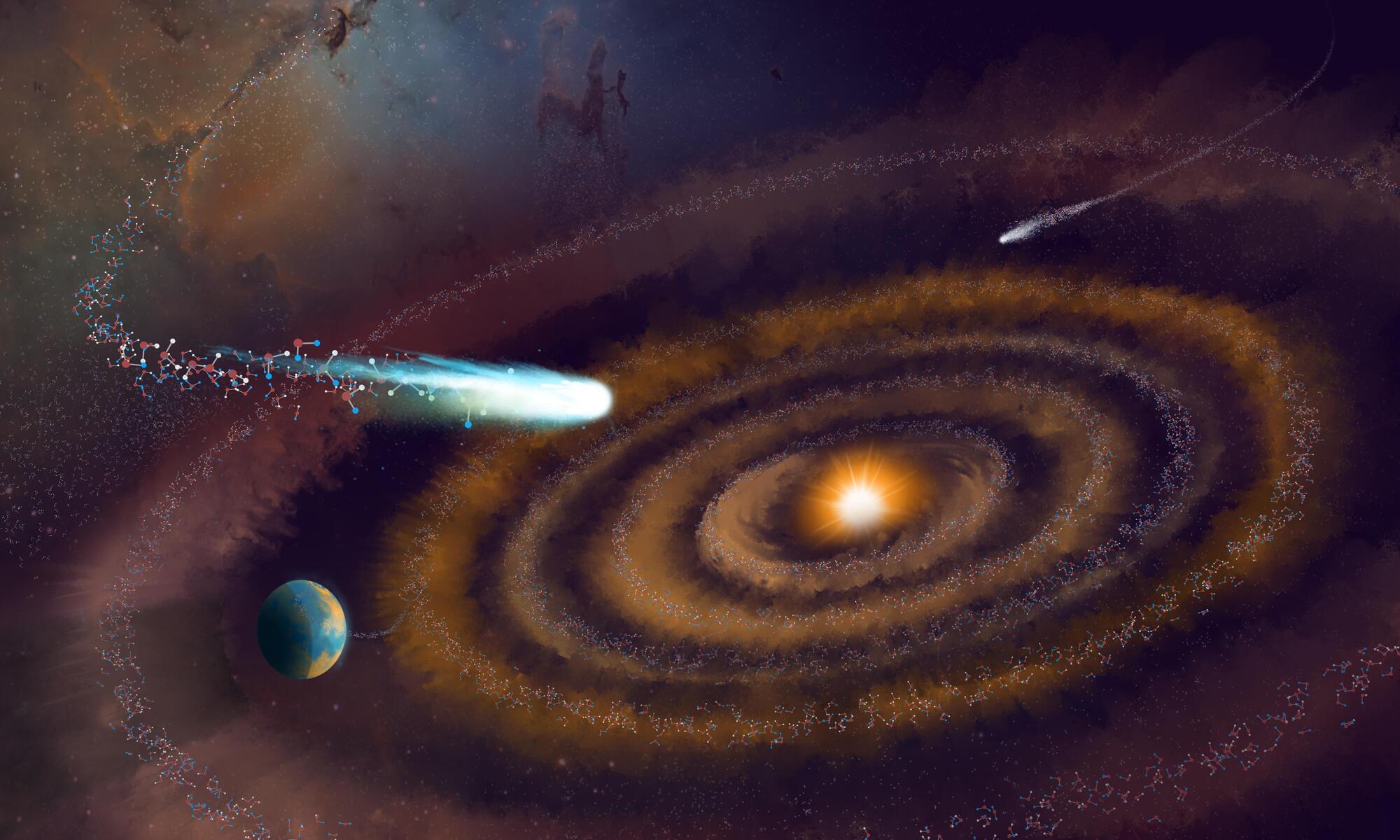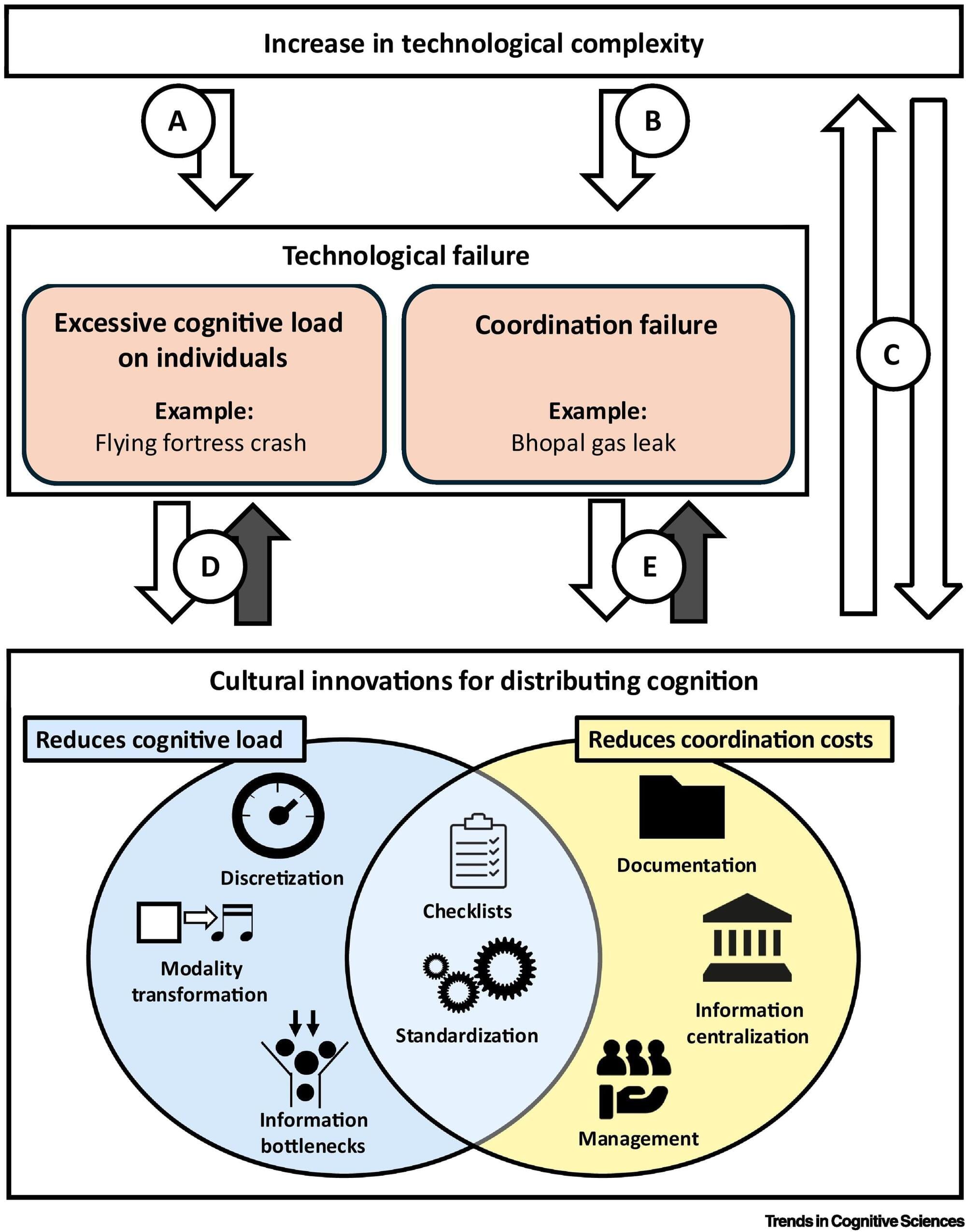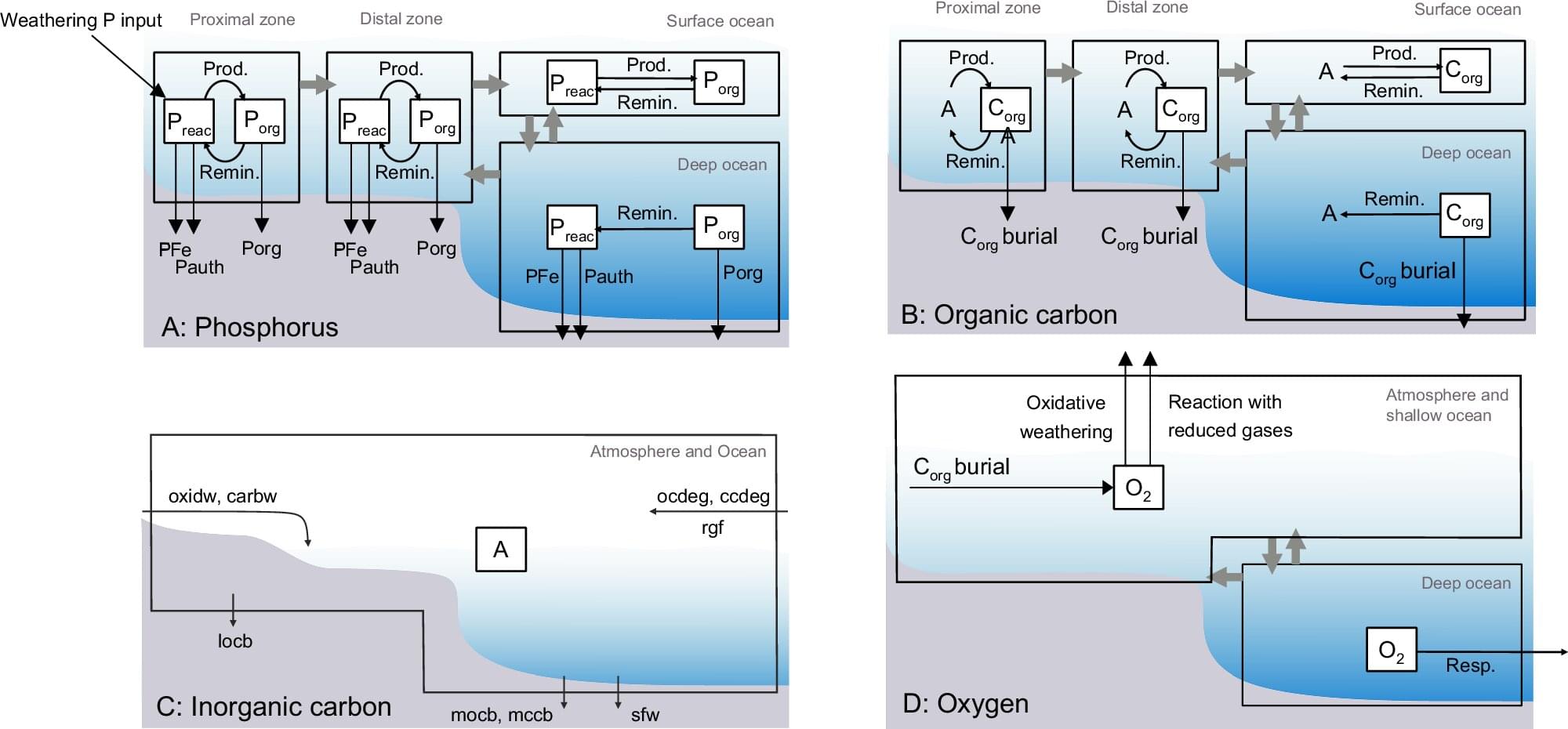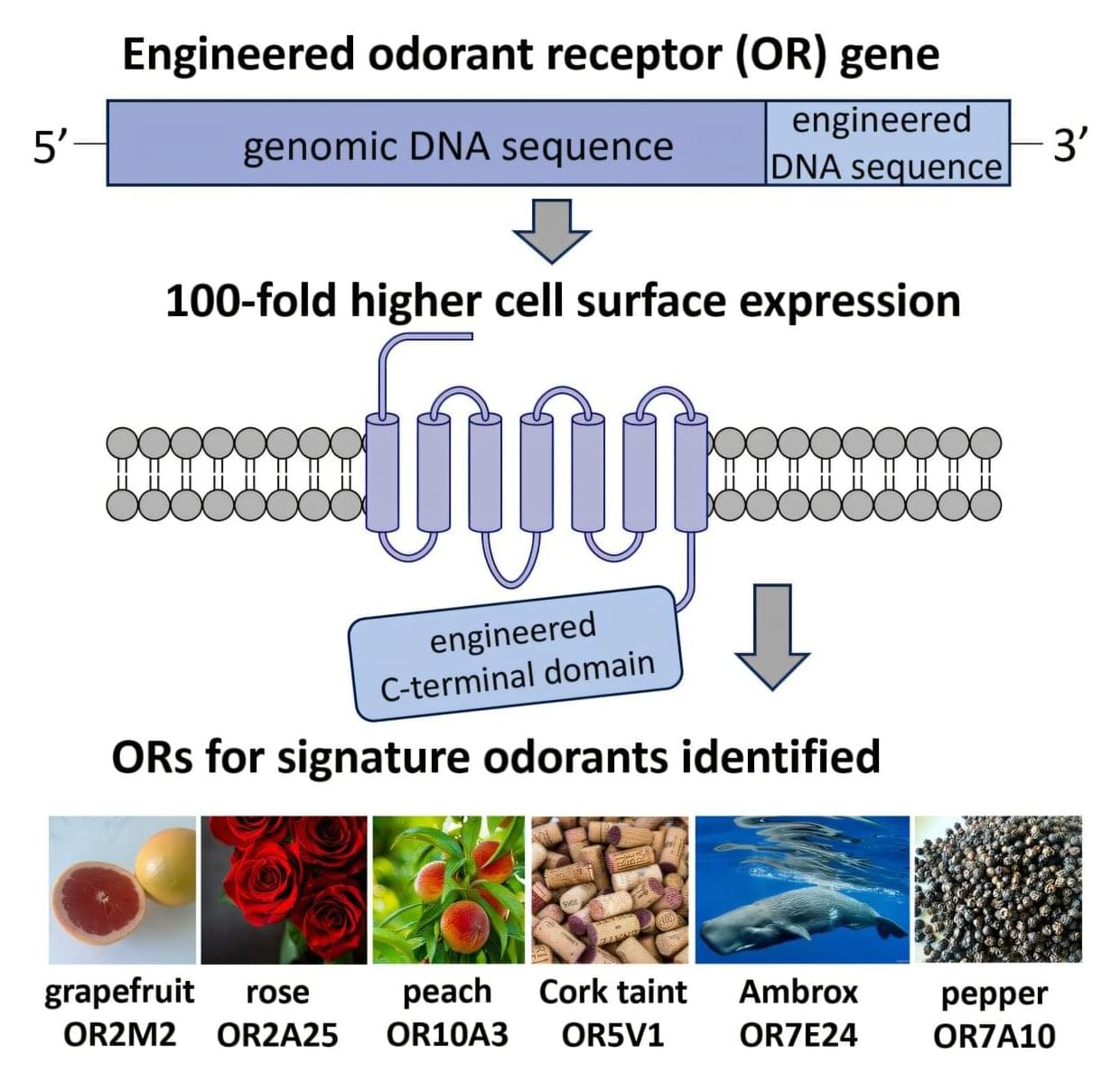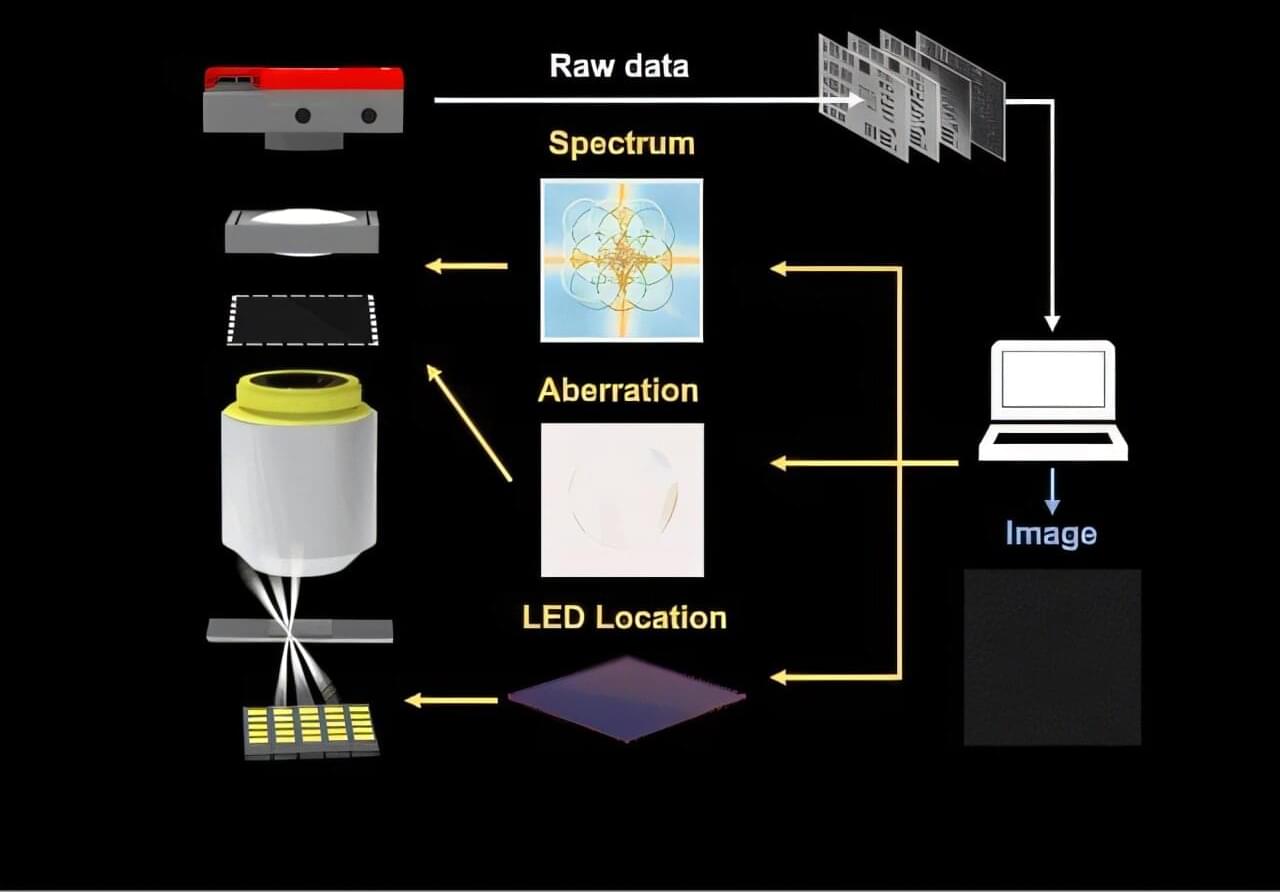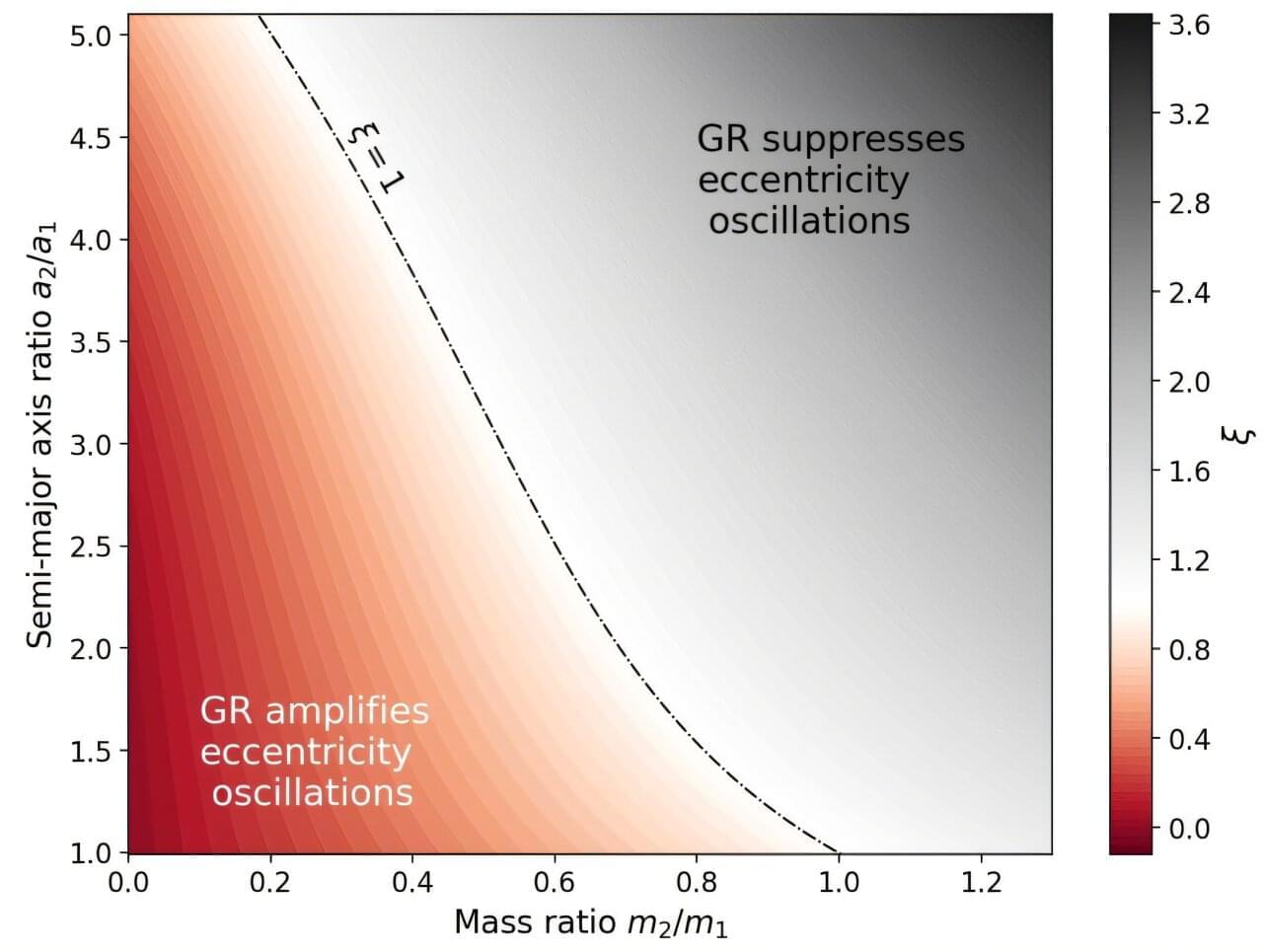Humans have about 400 odorant receptors (ORs), but scientists have had trouble finding ligands that match up with most of these ORs in lab settings—leaving them with a murky understanding of how certain smells are recognized in our brains. Only 71 human receptor-ligand interactions have been identified in studies thus far, often with low sensitivity in assays. Scientists have struggled with poor in vitro expression of ORs in lab conditions, limiting identification of receptor–odorant pairs.
In 2004, the field of olfactory science appeared to gain some progress in the form of a Nobel-winning hypothesis called the “combinatorial model,” which suggested that multiple ORs contribute to the perception of a single odorant. However, a new study, published recently in Current Biology, paints a somewhat different picture.
For their study, a group of Swiss researchers tweaked the C-terminal domains of ORs, which resulted in dramatically boosted OR cell-surface expression and sensitivity in lab conditions. This allowed the group to test out which ORs respond to various scents, like ambergris, rose, vanilla, and corked wine. Using this method, they were able to “de-orphanize” several ORs, or find matching ligands for them, resulting in novel OR identification for odorants.

